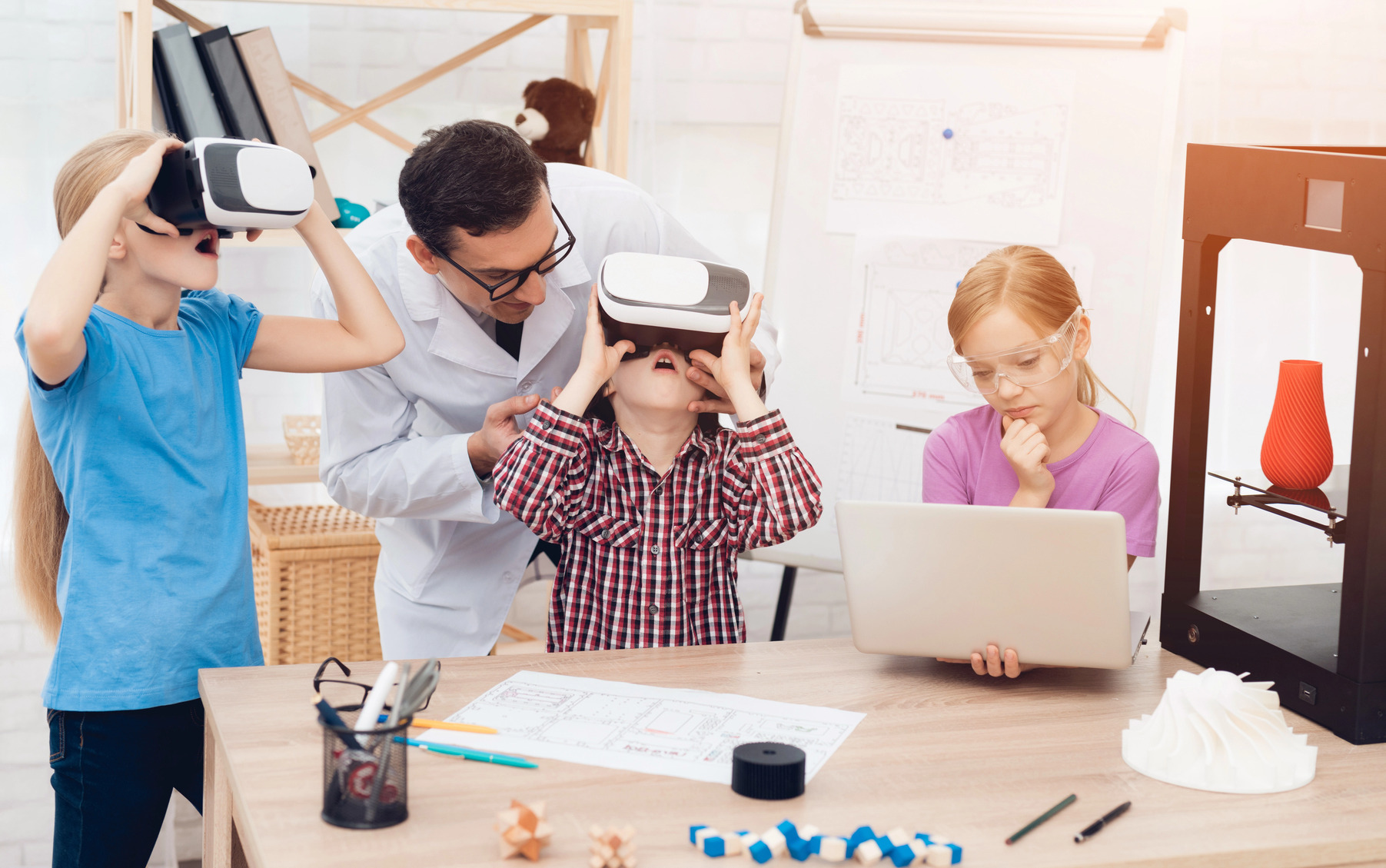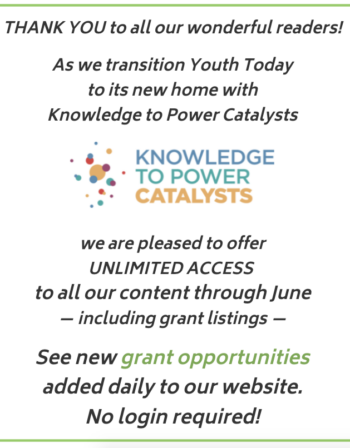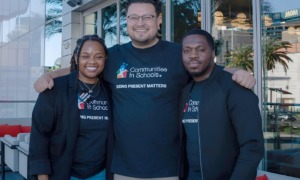This story first appeared at The 74, a nonprofit news site covering education.
![]() Liang-Vergara argues that innovation to support pre-K-12 teaching and learning requires a formal, seamless process. It should start with “understanding the experiences of students, caregivers and educators [to stay] learner-focused from the outset,” then move to creating tools and solutions steeped in scientific investigation and proof of effectiveness.
Liang-Vergara argues that innovation to support pre-K-12 teaching and learning requires a formal, seamless process. It should start with “understanding the experiences of students, caregivers and educators [to stay] learner-focused from the outset,” then move to creating tools and solutions steeped in scientific investigation and proof of effectiveness.![]()
I have never been so aware of the lack of evidence-based tools and resources to serve student needs as when I worked in the central office of a New Orleans school district following Hurricane Katrina in 2005. I looked at many curricular and professional learning options, but high-quality, evidence-backed products were extremely limited. We were at the mercy of the market, which at the time offered little to no support to serve the range of needs of students experiencing poverty.
To recover from COVID learning losses, the nation needs educator and community engagement and federal investment in education R&D.

Courtesy AERDF
Chris Liang-Vergara
In today’s educational landscape, research and development is essential to driving progress and innovation in pre-K-12 teaching and learning. Yet, the dominant approach continues to revolve around market-driven solutions that are developed without evidence or teacher input. Unlike industries such as health care and energy, where there is seamless integration between scientific discovery and practical application, education often lacks a formal process that bases investments in tools and solutions on scientific investigation and proof of effectiveness. This fragmentation in R&D leads to inefficiencies, wasted funds on solutions that do not serve most students and missed opportunities for innovation that can improve learning gains.
In health care, the efficacy of a new treatment or medication must be rigorously demonstrated before it can reach real-world practice. In education, research should similarly align with the practical needs of students and educators to ensure that solutions work and genuinely help all those they are intended to impact. This trajectory from initial scientific breakthrough to classroom application demands rigorous measurement, evaluation and feedback. It requires a commitment to exploring, making mistakes and always improving without sacrificing a dedication to positive change. And it requires meaningful and frequent input from the people who will use these innovative solutions — starting at the beginning.
[Related Report: State EdTech Trends survey]
[Related: From COVID learning loss to artificial intelligence, education R&D can’t wait]
As chief learning officer at the Advanced Education Research and Development Fund (AERDF), I have seen first-hand the real impact that systemic change and student-centered and research-based design of educational technology can make. Understanding the experiences of students, caregivers and educators is essential to staying learner-focused from the outset, especially because caregivers hold dreams for their children’s futures and teachers know what young people’s academic needs are. Involving researchers, developers and policymakers from the beginning makes it possible to identify the right opportunities and help design solutions that align with the needs of all students. Then, when a promising innovation takes shape, it’s essential to bring in industry experts and investors who can provide the financial backing for an expansion from a single classroom or school.
A four-part solution
The need for innovative solutions to help students recover from pandemic learning disruptions has never been more urgent. The nation needs all hands on deck — educator and community engagement, high ethical standards for ed tech and importantly, federal investment in education R&D.
Here are four key criteria that teachers, administrators and those purchasing education technology and curriculum for their districts should look for:
- A strong focus on both scientific evidence and real-world experience is essential in building new solutions for the future. Educators should talk with colleagues about what has worked for them in supporting student learning and improving classroom practice, and engage expertise from many sources — fellow teachers, administrators, industry experts, researchers and policymakers.
- Look for products that were created using expert insights from educators, researchers and product developers, based on how students learn best. These should include diverse perspectives to ensure the technology is accessible to students who are disproportionately impacted by poverty. Ask questions about where the product was piloted, in what types of schools, in what geographic locations, with which demographic and socioeconomic groups — and look for evidence of positive impact.
- Does the product foster inclusivity, equity and transparency? Does it serve the best interests of all the students involved while treating each as an individual? Does it ensure data privacy, is it accessible and does it offer diverse content? Will it work in rural areas and in large, diverse cities? These are key ethical questions to consider.
- Teachers lack the time and bandwidth to spend their valuable time navigating how to move in and out of each ed tech tool. New products need to work in concert with one another interoperably and mesh seamlessly with teacher workflows. They should not be just created inside a lab, but developed based on what works inside the classroom, with a lot of input from the people who will use them.
These four elements can change the way education solutions are developed, enabling faster, bigger breakthroughs that can benefit pre-K-12 teaching, learning and assessment systems.
***
National Survey of EdTech Professionals: You are invited to join a brief nationwide survey of EdTech professionals. The survey should take no more than 10 minutes to complete. As a thanks for your time, you will be entered for a chance to win one of five $200 e-gift cards. Your responses will be kept entirely confidential and aggregated with those of other EdTech professionals.
Chris Liang-Vergara is the Chief Learning Officer for Advanced Education Research and Development Fund (AERDF). Liang-Vergara is a nationally recognized leader in education equity and innovation, with nearly two decades of experience in systemic change, student-centered design, and educational technology focusing on historically deprioritized populations in education. Prior to AERDF, he served as the Chief of Learning Innovation at LEAP Innovations, the Dir of Instructional Technology at FirstLine Schools, and was a high school science and English teacher for eight years.
This story was produced by The 74, a non-profit, independent news organization focused on education in America. Sign up for free newsletters from The 74 to get more like this in your inbox.




























